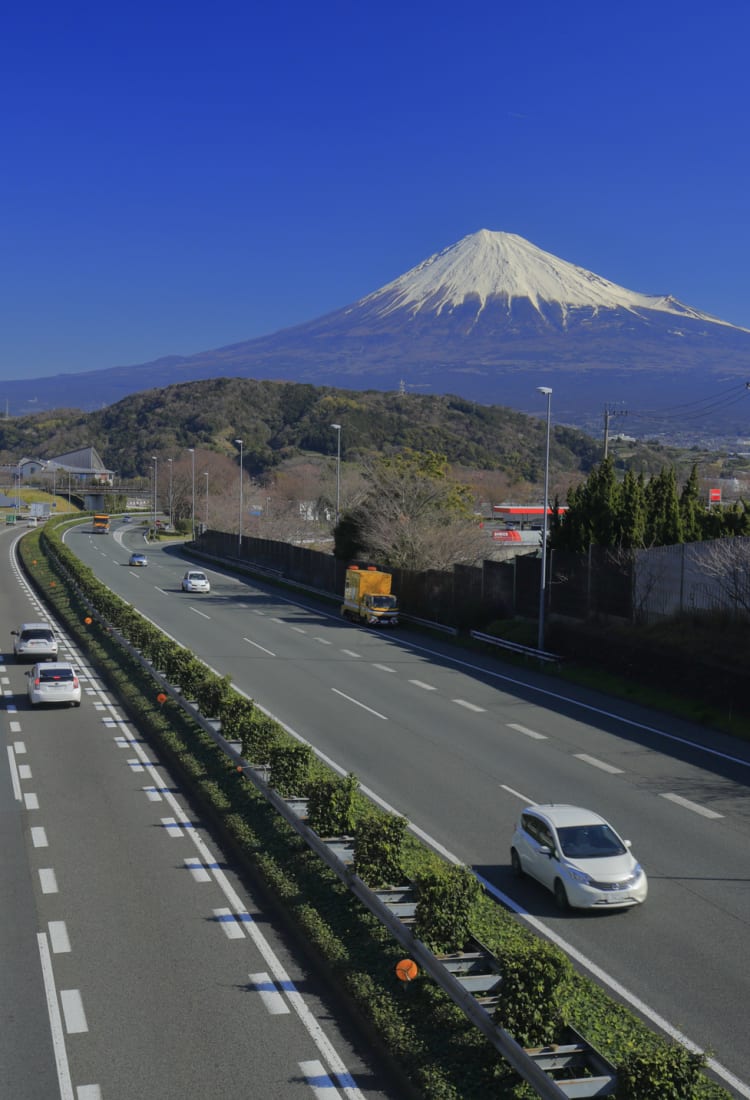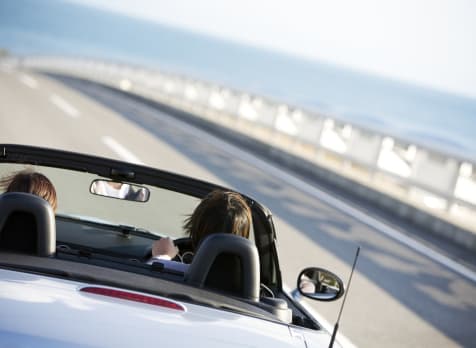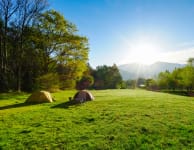Your ticket to adventures off the beaten path in Japan
There's no matching the flexibility and freedom of driving your own car during a trip to Japan. Although the Japan Expressway Pass (JEP) is no longer for sale as of December 2023, many great regional expressway passes are options that save visitors from worrying about the cost and complexity of computing expressway tolls.
These passes, available only to foreign travelers, provide unlimited use of each respective region's major expressways, making it easy to explore off the beaten path and enjoy your trip without worrying about train timetables.
Passes are available in increments from 2 to 14 days, for everything from weekend getaways to extensive excursions. To get an expressway pass, make sure your rental car agency has the pass you're applying for before making your car reservation. When you arrive at the rental agency, fill out the necessary paperwork and show your passport. The agent will then give you a special ETC card which will whisk you through the toll gates wirelessly, making for easy travel, even if you don't speak Japanese.
Please read on for information on the passes, including specific purchasing instructions, and some of the best places to explore with them.
Hokkaido Expressway Pass: Traverse Japan's northernmost island full of nature
The Hokkaido Expressway Pass area includes prefectural capital Sapporo , ski resort Niseko , the scenic towns of both Otaru and Obihiro , as well as both Shin-Chitose and Asahikawa airports. Combined with toll-free roads, the pass also provides access to the port town of Hakodate . Prices vary according to period of validity, so please click here for full details.
Lake Toya, beauty over 100,000 years in the making
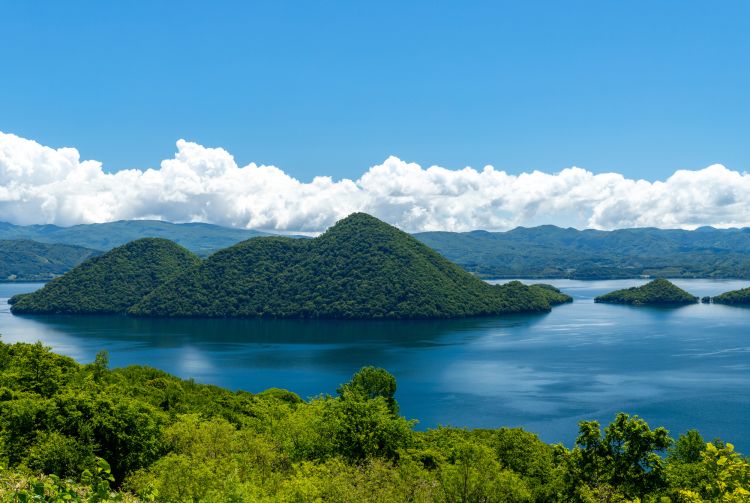
Stunning Lake Toya is part of Shikotsu-Toya National Park.
Accessible via the Hokkaido Expressway Pass, Lake Toya was formed over 100,000 years ago due to volcanic eruption. Today, it's known for its beautiful, clear water and lush, rugged scenery. Outdoor activities include hiking, camping, canoeing and bicycling. You can also appreciate the scenery while taking it easy riding a boat across the lake, or going up the ropeway of the neighboring Mt. Usu before relaxing in a bath at nearby hot spring town, Toyako Onsen.
Otaru, from busy port to elegant relaxation

The gentle glow of Otaru's gas lamps illuminate the canal area at night.
The Hokkaido seaside town of Otaru was once a bustling commerce center, until shipping lanes changed and freighters started unloading their cargo at larger ports elsewhere. Instead of tearing down their canal-side warehouses, though, Otaru transformed them into restaurants, galleries and shops. Delightful by day and even more charming in the evening, when old-fashioned gas lamps bathe the district in a soft, romantic light, Otaru is a community that's reinvented itself without forgetting its past.
Tohoku Expressway Pass: Uncover the treasures of northeastern Japan
For travelers driving through Tohoku, Japan's northeast region on the main island of Honshu, this pass stretches from northernmost Aomori Prefecture down through Iwate , Akita , Miyagi , Yamagata and Fukushima prefectures. The pass includes the major cities of Sendai and Morioka , and covers both the western and eastern coasts of Tohoku . Pass types, full details and participating rental companies can be found here .
Make furry friends at Miyagi Zao Fox Village

This adorable critter is just one of the facility's over 100 fox residents.
A forested facility in Shiroishi, Miyagi Prefecture, Zao Fox Village is a place where visitors can get to know eight different, but all adorable, species of Japanese foxes. The animals roam freely through the outdoor area, which includes a shrine dedicated to Inari, the Shinto goddess of rice and prosperity for whom foxes serve as messengers, according to legend. Guests can feed the foxes in a designated area, and staff-supervised sessions let you hold one too.
Adventure into the sky at Hakkoda Ropeway
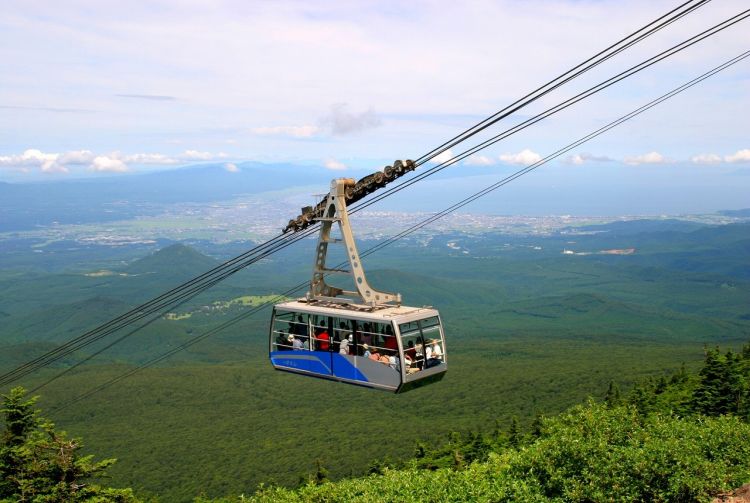
Hakkoda ropeway provides amazing views that change with the seasons. Photo Credit: Hakkoda Ropeway
Aomori's 2.5-kilometer-long Hakkoda Ropeway carries passengers 1,324 meters up to the top of Mt. Tamoyachi, providing breathtaking views of Tamoyachi Marsh bursting into color in fall, blanketed in snow in winter, and soothingly verdant in spring and summer. From the summit, there is a one hour trekking course along the Hakkoda Gold Line, as well as a four hour hiking trail to Sukayu Onsen, a mountainous hot spring.
Central Nippon Expressway Pass: Explore intriguing historical sites and more
New bookings of CEP closed from October 1, 2024.
Korankei Gorge's 400 years of history and 4,000 maple trees
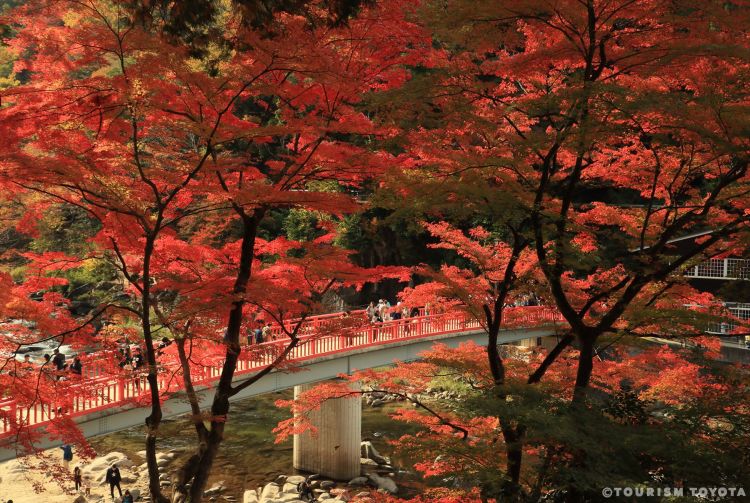
Korankei Gorge's walking course runs along and across the Tomoe River. ©TOURISM TOYOTA
Around 400 years ago, a monk at Kojakuji Temple in Aichi Prefecture started planting maple trees along the path leading to the temple's courtyard. Soon other locals started doing the same, resulting in one of the most spectacular river valley walking courses in Japan. With some 4,000 trees representing 11 different species of maple, Korankei Gorge is beautiful any time of year, but is extra-dazzling in the fall, especially during special nighttime light-up events.
Shirakawa-go's preserved village of traditional thatched roof farmhouses

Shirakawa-go gives visitors the chance to stay overnight in incredible traditional homes.
Nestled in the mountains of Gifu , Shirakawa-go is a village frozen in time. The unique “gassho-zukuri” architecture, named for how the steeply angled thatched roof resembles a pair of hands pressed together in prayer (“gassho”), was developed as a way to keep the region's heavy winter snows from piling up. In addition to centuries-old homes preserved in its open-air museum, Shirakawa-go also has gassho-zukuri inns and houses where travelers can spend the night.
San'in-Setouchi-Shikoku Expressway Pass: Travel with pristine mountain and ocean views
This pass covers the San'in and Setouchi regions (the northern and southern coasts of the western end of Japan's main island of Honshu) as well as Shikoku , the smallest of Japan's four major islands. Starting from Hyogo's Takarazuka and Kobe , routes spread west on their way to Shimonoseki , the very western tip of Honshu, then down through Hiroshima and on to Shikoku to the south. Full details about and participating rental agencies can be found here .
Kinosaki Hot Springs and its seven-bath strolling course
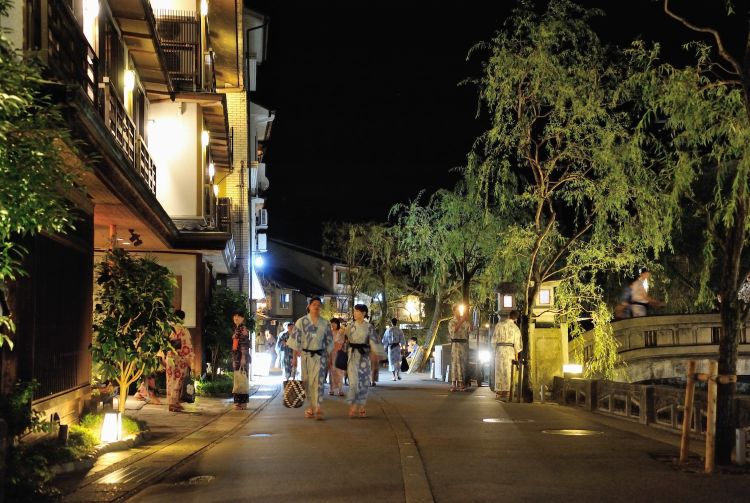
Traditional inns, restaurants serving local cuisine and handicraft workshops line Kinosaki's central canal. ©Toyooka City
At the eastern edge of the San'in region, the hot spring baths of Kinosaki have been drawing visitors since the 8th century. The town's central area, a willow-lined canal flanked by traditional inns and restaurants, is perfect for a stroll while wearing traditional lightweight kimono provided to guests. Travelers staying overnight are given a pass that grants access to seven public baths scattered around the neighborhood, and open-air footbaths are available to all. (Please note some inns do not offer the pass, so please check in advance.)
The Tottori Sand Dunes, formed by a hundred thousand years of waves and wind
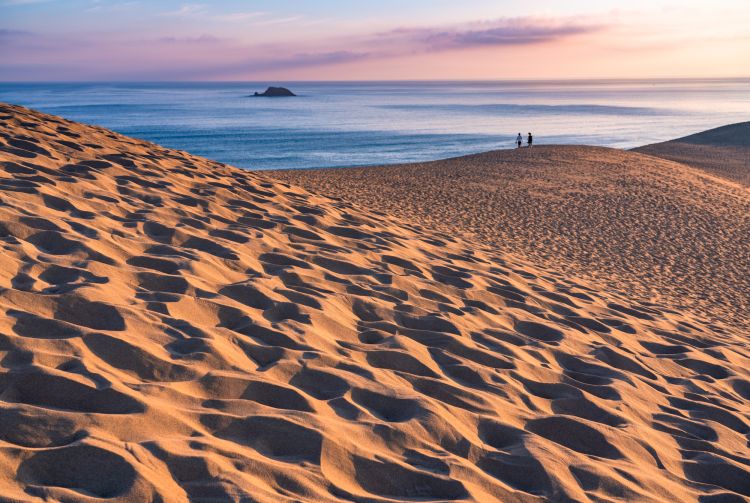
The sand dunes of Tottori Prefecture are one of the most impressive sights in Japan.
In Tottori , a 16-kilometer stretch of stark beauty along the Sea of Japan is home to incredible sand dunes , formed by a hundred thousand years of waves piling granite deposits on the shore and strong winds sweeping them into slopes – as tall as 47 meters! Outdoor activities offered on the dunes include sandboarding, bicycling, yoga classes and camel rides, and artistically inclined visitors can take part in sand sculpture.
Kyushu Expressway Pass: Adventure, hot springs and unique resorts
Finally, the Kyushu Expressway Pass covers Japan's southwestern island of Kyushu . Routes run around nearly the entire perimeter of the island, starting with Moji and Kitakyushu in the north, through Sasebo , Nagasaki and Kumamoto in the west, down to Kagoshima and Miyazaki in the south, and on to Beppu to the east. These routes also go inland, including corridors to Yufuin (Oita Prefecture) and Dazaifu (Fukuoka Prefecture). Information about pass details and participating rental agencies can be found here .
Beppu, where hot spring water fills baths and seven hells

The waters of the Umi Jigoku, or “Sea Hell,” are a striking shade of cobalt blue.
Beppu , Oita Prefecture boasts one of the highest volumes of hot spring water pumping up from beneath the surface among all the hot springs towns in Japan. Here, the plumes of steam rising from hotels and bathhouses are a permanent part of the city skyline. Travelers can even put that steam to use to cook meat and vegetables at a number of “steam cooking” restaurants. Beppu's springs that are too hot to bathe in, known as “the seven hells ,” are popular sightseeing attractions for their sheer natural force.
Huis Ten Bosch, a resort with seasonal flower gardens, art museums, a theme park and more

Huis Ten Bosch gives visitors the chance to enjoy a European atmosphere within Japan. Photo credit: ©Huis Ten Bosch/J-20916
Sharing its name with a royal palace in the Netherlands, Nagasaki Prefecture's Huis Ten Bosch is a resort recreation of the original royal retreat. Divided into Theme Park and Harbor Zones, Huis Ten Bosch features flower gardens and canal boat rides. Its stately buildings house everything from hotels and art museums to VR attractions, while dinner cruises on adjacent Omura Bay and hot springs offer a touch of elegance.
Essential tips for driving in Japan
You're now probably itching to get out on the open road, but there are a few things to know before getting behind the wheel. To drive in Japan you'll need an international driver's license, a document issued by your home country's automobile association and obtained prior to arriving in Japan. Do note, though, that your permit needs to be issued from a country or region that participates in the Convention on International Road Traffic of 1949 (Geneva Convention). Note that a different procedure applies to visitors from Switzerland, Germany, France, Belgium, Monaco and Taiwan. Restrictions and procedures vary by country, so please read up on obtaining an international driving permit in our rental car guide .
It's also worth noting that Japan's highway service areas and rest stations offer a high level of convenience when you need a break from the road. They generally include food and souvenirs from the local area, sightseeing information, clean toilets and amenities, and sometimes, lookout points providing great views, too! Make sure to stop for a rest and check out everything on offer.
When driving in Japan, wearing a seat belt is required for all passengers, and using mobile devices while driving is prohibited. Further, note that Japan has a zero-tolerance policy regarding driving under the influence of alcohol. Unless otherwise posted, the expressway speed limit is 100 kilometers per hour (for regular-sized vehicles; different restrictions may apply to other classes), and on surface streets you must stop at all railroad crossings, even if the gate is up and there isn't a train in sight. The number to report accidents is 110, and callboxes are installed on main expressways every kilometer. More tips on traffic rules and etiquette can be found here , including Japanese traffic sign explanations, and our rental car guide will help ensure your trip has no unpleasant surprises – only unforgettable discoveries.

Open roads and clear blue skies will make your trip to Japan unforgettable.




















































